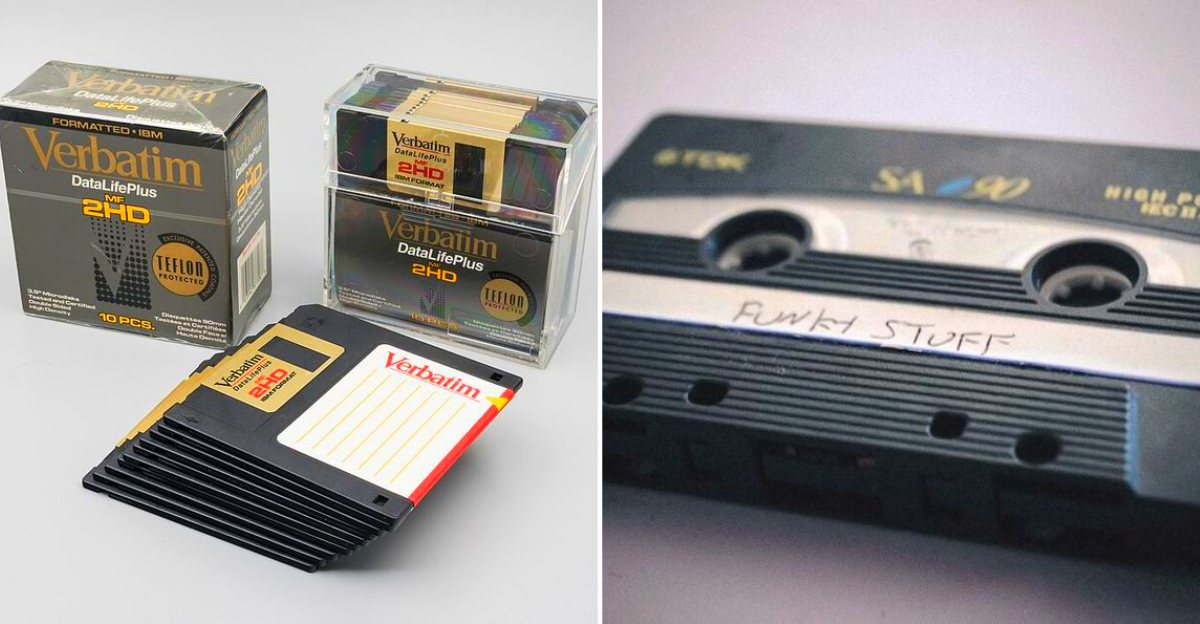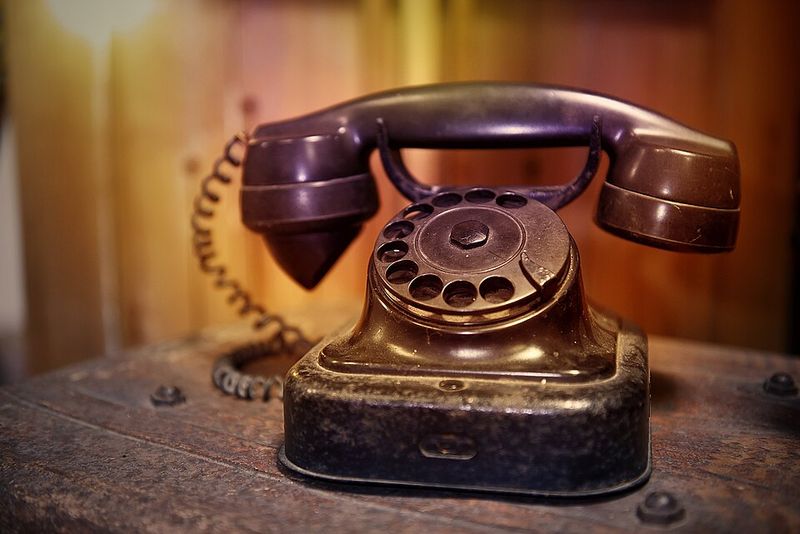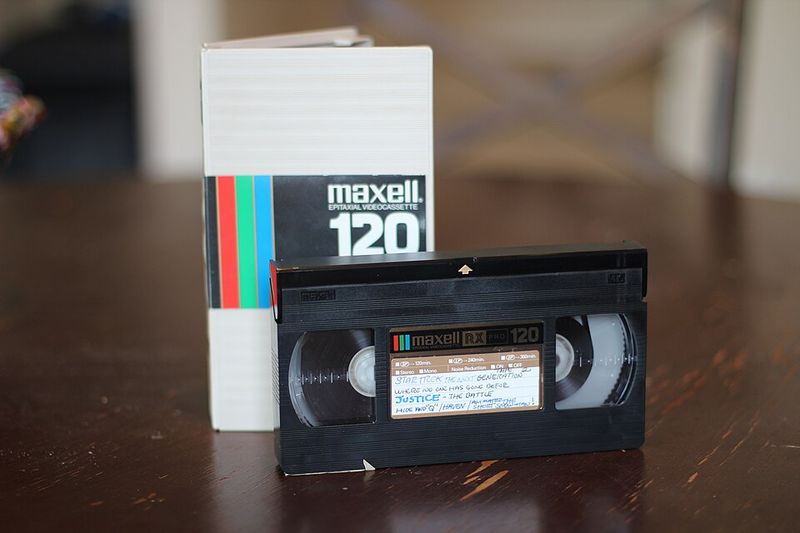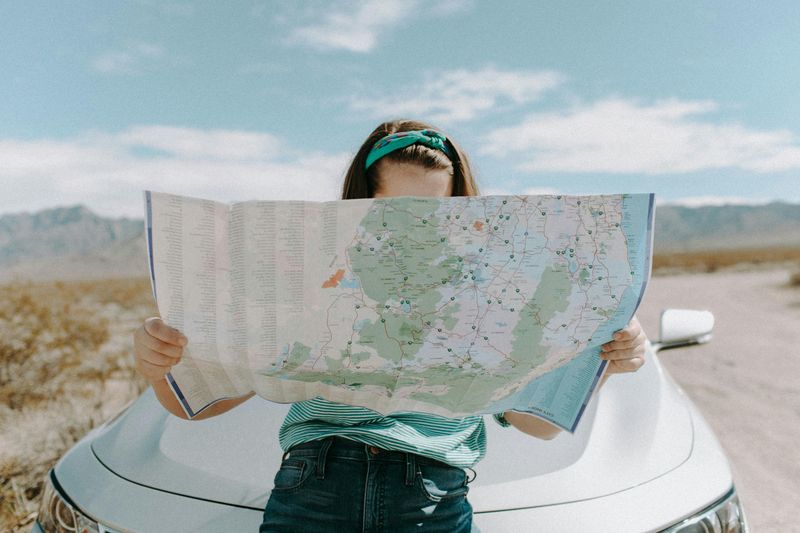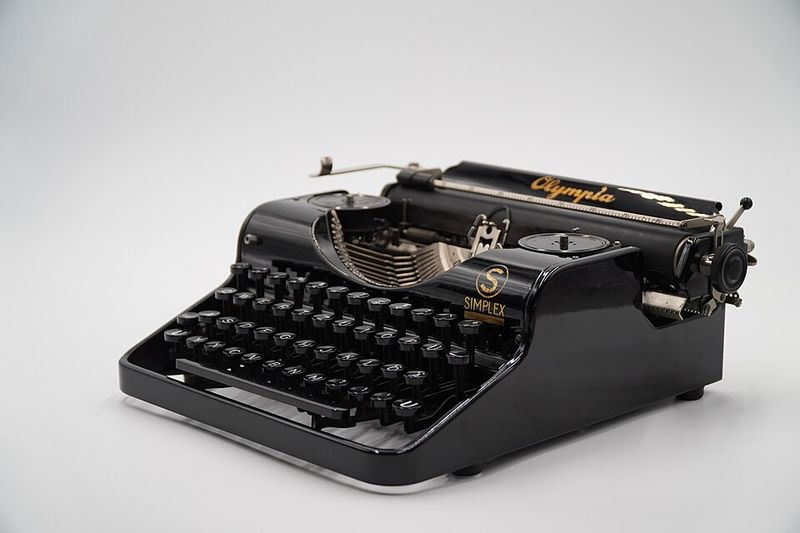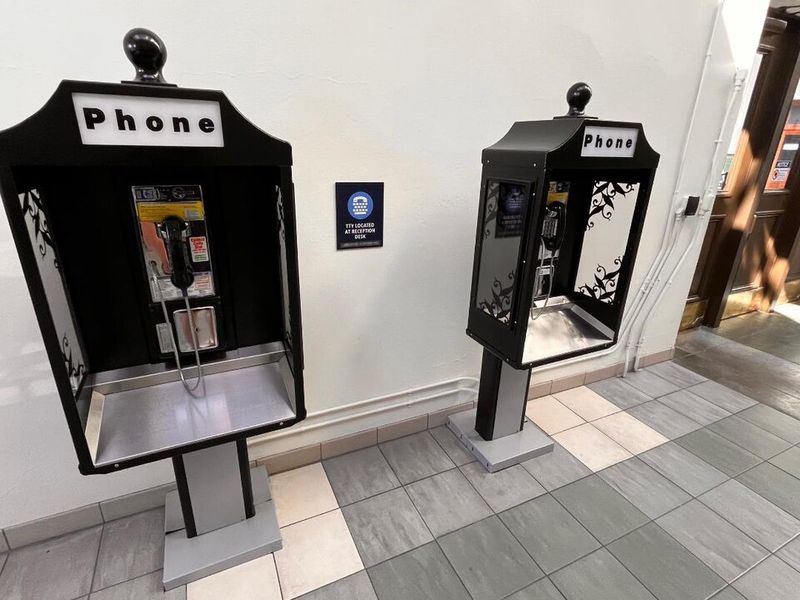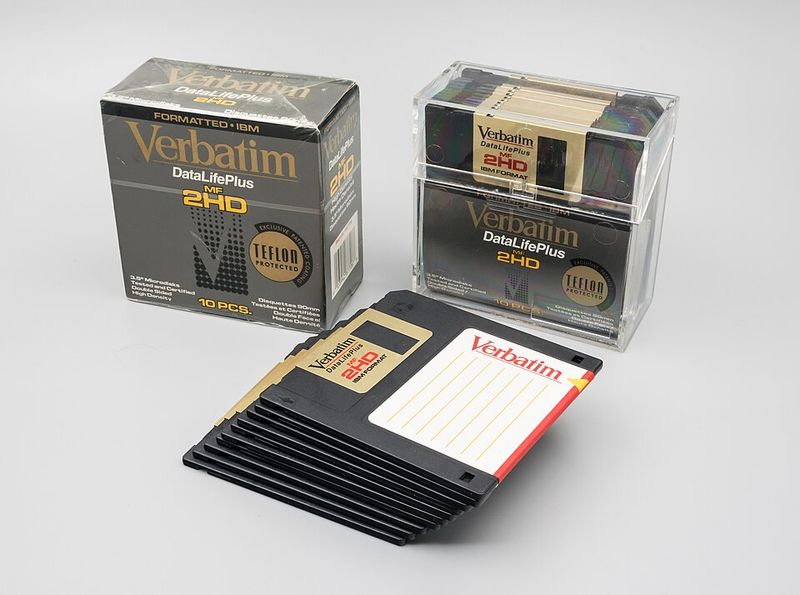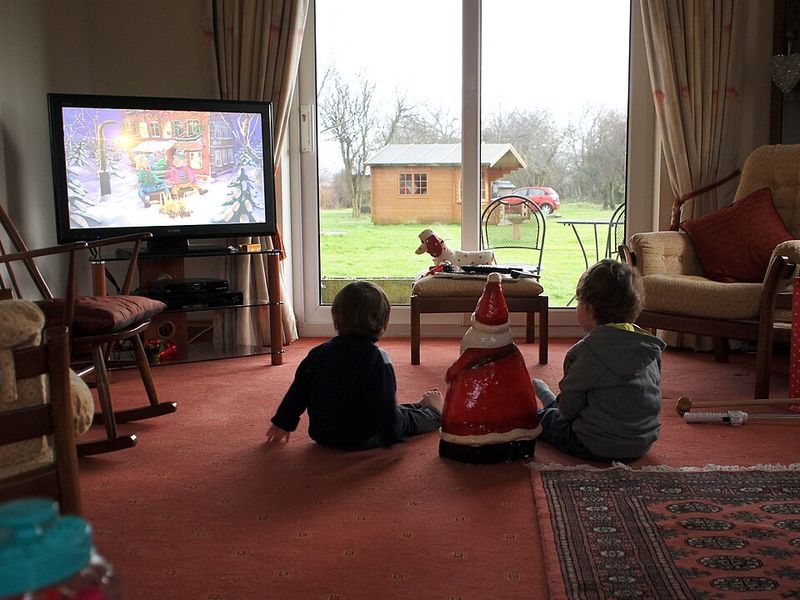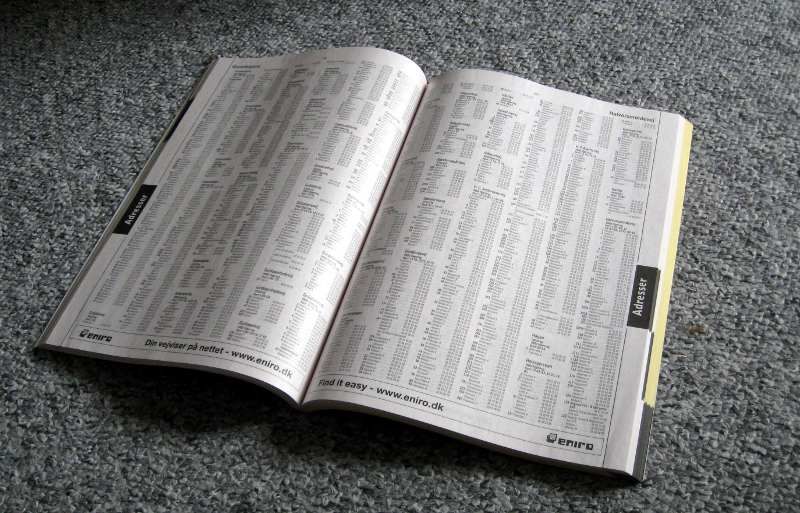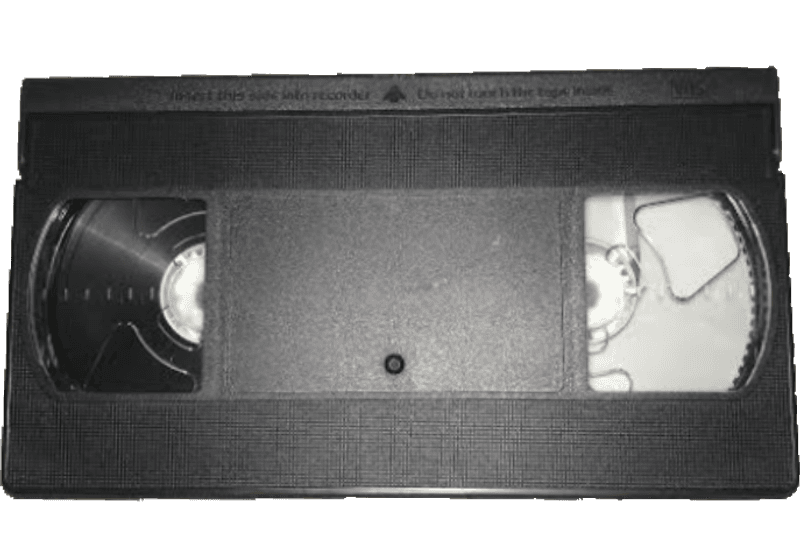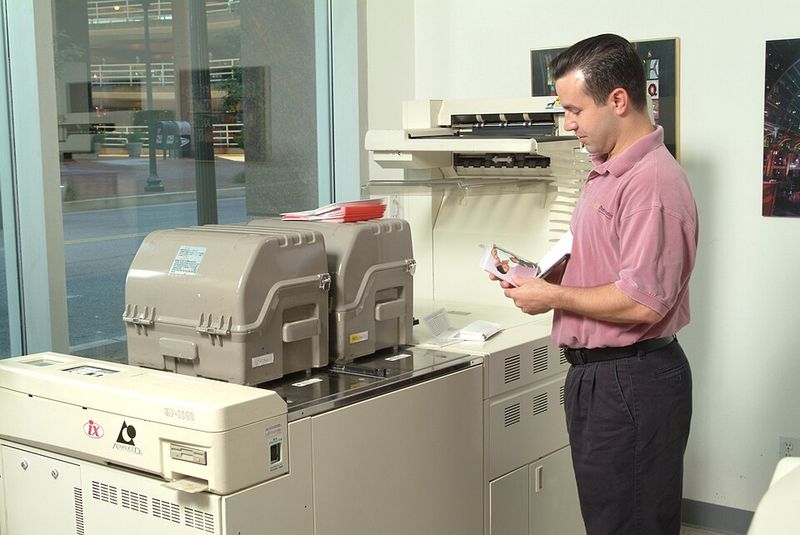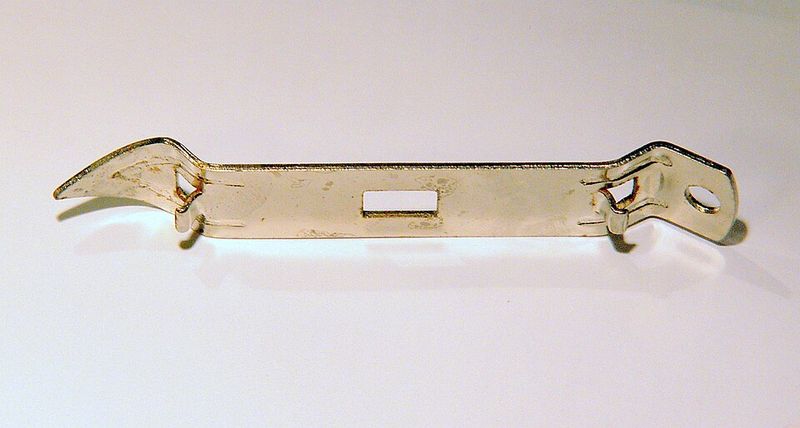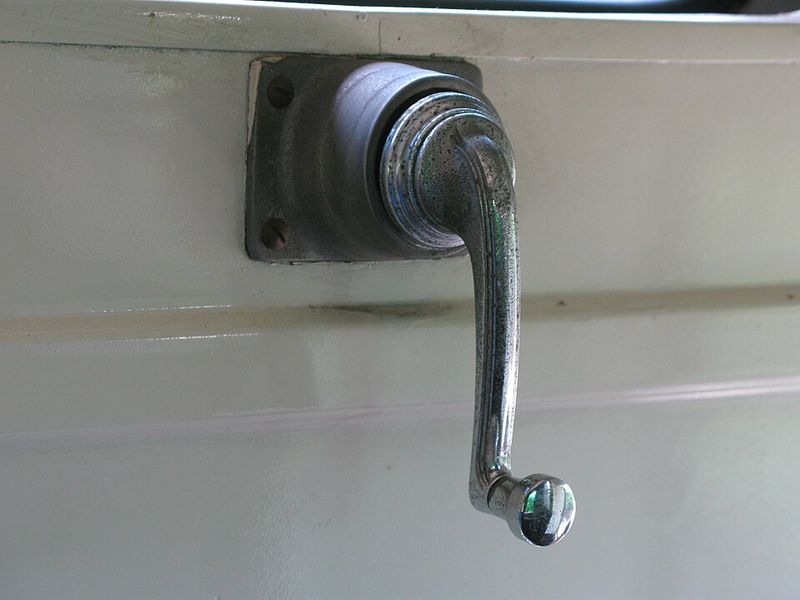Some everyday rituals slipped away so quietly, we hardly noticed until they were gone. From the sounds that filled our homes to the objects we carried in our pockets, technology rewrote our routines at lightning speed. This list time-travels through tactile moments kids today may never encounter – and why they mattered. Ready for a jolt of nostalgia and a glimpse at how quickly ordinary life can change?
1. Rotary Phones
Rotary phones were more than communication tools; they were household anchors. You learned phone numbers by heart, spinning the dial with deliberate clicks that set a rhythm to every call. Mis-dialing meant starting over – a tiny lesson in patience. Cords tangled during long conversations stretched across kitchens and hallways. There was no caller ID, no texting – only voices and the occasional busy signal. Families shared a single line, negotiating time and privacy. Emergency numbers were memorized, not searched. The phone’s heft felt reassuring in your hand. Today’s tap-to-call simplicity hides the ritual this device demanded, and the attention it quietly trained.
2. VHS Tapes
VHS tapes brought movie nights home with chunky plastic and mechanical charm. You fed the cassette into the VCR, listened for the reassuring clunk, and hoped the tracking stayed smooth. Picture quality softened with every play. Tapes could snag, stretch, or unspool into heart-stopping tangles. Recording TV required timing and a blank tape ready. Commercial breaks were fast-forwarded with squinting accuracy. The ritual of pressing play had weight; so did the remote’s clacky buttons. Shelves of labeled spines told a family’s viewing history. Streaming is effortless, but it can’t replicate the tactile anticipation of a tape sliding into place.
3. Paper Maps
Paper maps transformed road trips into collaborative puzzles. The navigator traced routes with a finger, calling out exits and mile markers. Wrong turns were solved with calm recalculations, not automated voices. You learned cardinal directions, landmarks, and scale. Atlases bore coffee rings and handwritten notes – living records of family adventures. Refolding a giant state map felt like origami practice. Thick map books weighed down glove compartments, comforting in their reliability. There were no battery worries, no signal loss, just crinkled pages and the joy of charting a path. GPS is brilliant, but it rarely teaches you how the land fits together.
4. Typewriters
Typewriters demanded decisiveness. Each clack stamped ink onto paper, leaving little room for dithering. Errors meant white-out, correction tape, or starting fresh. You felt the rhythm – a staccato soundtrack to ideas taking shape. The carriage return ding punctuated paragraphs like applause. Pages stacked tangibly as proof of effort. Ribbons smudged fingers; maintenance mattered. Drafting forced thought before keystrokes, a kind of editorial discipline. No notifications interrupted, only the steady tap of letters marching forward. The machine’s weight anchored the writing process, binding words to the page. Word processors liberated revision, but the typewriter taught permanence – and confidence in every strike.
5. Payphones
Payphones were lifelines on corners and in lobbies, standing by for urgent calls and quick check-ins. You kept quarters or a calling card tucked in your wallet. The handset was cold, the line a little crackly. Privacy was what you could carve out with a hunched shoulder. Phone numbers lived in memory, pockets, or scribbled slips. Finding a working phone felt victorious; finding a quiet booth was a bonus. You timed conversations by coin beeps. Today’s smartphones eliminate the scramble, but they lack the gritty serendipity of finding connection housed in a metal box, waiting for anyone who needed it.
6. Film Cameras
Shooting film meant committing to the unknown. You composed carefully, mindful of 24 or 36 exposures. No instant review, only anticipation. Each click cost money and choice. You learned light by feel, and trusted meters and instinct. Photos came back days later, sometimes glorious, sometimes blurred surprises. Negatives were precious, sleeves labeled by hand. Albums told stories with finite pages. The scarcity made moments matter. Digital abundance is convenient, but film’s restraint nurtured intention, patience, and delight in delayed gratification. The camera’s weight, the shutter’s thwack, the ritual of rewinding – these tactile cues made capturing memories feel ceremonial.
7. Floppy Disks
Floppy disks turned data into something you could hold, label, and protect. Saving a school paper meant sliding a disk into a drive and hoping the whirring meant success. You tracked versions with scribbled titles and crossed-out names. Storage was tiny by today’s standards, forcing careful choices. Disks could corrupt at the worst moment, spawning both panic and backup habits. The physicality made files feel precious. You learned to eject before removing, to guard from magnets, to carry spares. Now the save icon lingers as a fossil, a symbol detached from the tactile rituals that once shaped digital life.
8. Encyclopedias
Encyclopedias turned living rooms into mini libraries. Research began with choosing the right volume and scanning the index. Articles were concise, vetted, and deliciously final. Photos and charts felt authoritative, anchored in glossy pages. You learned adjacent facts by browsing nearby entries, stumbling into new curiosities. Updates arrived as annual yearbooks, not instant edits. Citations meant copying by hand, cultivating focus. Owning a set signaled pride in knowledge. The internet’s breadth is unmatched, but its constant flux can blur certainty. Those books taught the weight of reliable information and the value of wandering through organized, curated knowledge.
9. Saturday Morning Cartoons
Saturday mornings once had a sacred routine: pajamas, cereal, and a block of cartoons you waited all week to watch. There was no pause, no rewind, just shared timing across neighborhoods. Commercial breaks were part of the rhythm, bathroom sprints a strategic art. Kids compared episodes on Monday, living in synch with the schedule. The scarcity made shows feel special, bonded by communal anticipation. Streaming scattered that synchronicity, trading ritual for flexibility. Freedom is great; still, there was magic in the countdown, the theme songs, and the sense that every kid in town was laughing at the same moment.
10. Making Mixtapes
Mixtapes were love letters in magnetic form. You cued songs with precision, riding the pause button to trim dead air. Radio DJs could crash your intro; that risk felt thrilling. Sequencing mattered – tempos, moods, and messages arranged with care. Hand-drawn covers completed the gift. Copies lost fidelity, gaining warmth. Trading tapes built friendships and taste. Playlists now travel instantly, but they rarely carry fingerprints, breath, and the soft hiss between tracks. Crafting a perfect side A and side B taught storytelling through sound, and patience measured in minutes of tape, not megabytes of storage.
11. Phone Books
Phone books turned entire cities into alphabetical order. Need a plumber? Flip to P and scan ads of varying boldness. Residential listings revealed neighbors you hadn’t met yet. Fingers blackened slightly from ink as you traced columns. You learned surnames and area codes by sight. Addresses mapped acquaintances to neighborhoods. The heft of the book lent authority; updates arrived annually like civic pulses. Today, search engines outrun paper, but they rarely give a tactile sense of community. Phone books were both tool and snapshot of local life, a paper network you could literally leaf through.
12. Dial-Up Internet
Dial-up internet sounded like a robot orchestra tuning up: beeps, static, and squeals signaling a successful handshake. Connecting occupied the phone line, sparking negotiations at home. Web pages loaded like slow-motion magic, line by line. Patience wasn’t optional; it was the price of access. Downloading a song took an afternoon. Disconnections could erase progress with a single call. Forums and chat rooms felt like secret portals you earned through effort. That waiting time framed the internet as a destination, not an ambient background. Today’s always-on world is faster, but it rarely pauses long enough to feel truly wondrous.
13. Rewinding VHS Tapes
“Be kind, rewind” wasn’t just a sticker; it was etiquette. After the credits rolled, you held down rewind and listened to the whir accelerating, then softening near the start. Some households invested in stand-alone rewinders to spare the VCR’s gears. Video stores posted fees for negligence. Returning a tape ready to play felt courteous, communal. The ritual closed the loop on movie night, resetting the experience for the next viewer. Streaming ends with an algorithm, not a shared responsibility. Rewinding trained a small habit of care for strangers you’d never meet, connected by plastic, magnetism, and time.
14. Developing Photographic Film
Developing film was alchemy you could smell. In red-lit rooms, images slowly appeared in chemical baths, ghostly and then unmistakable. Timing and temperature mattered; mistakes taught humility. Negatives dried like secret codes before becoming prints. Even sending rolls to labs carried suspense – those envelopes of memories arriving days later. The process made photography a craft, not just a click. Contact sheets encouraged deliberate selection. Today’s instant previews are miraculous, but they skip the hush of discovery. The darkroom’s rituals fostered patience, precision, and a reverence for the moment when art emerges, literally, before your eyes.
15. Rolodex
A Rolodex made relationships tactile. Each card carried a name, number, and a story in pen strokes. Flipping through the wheel felt like browsing your network physically. Updates meant crossing out and rewriting, tracing the history of roles and titles. Dog-eared tabs marked frequent calls. Losing one felt like misplacing a colleague. Digital contacts are searchable, but lack the serendipity of discovering someone you’d forgotten while thumbing through the alphabet. The Rolodex rewarded memory and maintenance, an analog CRM where your fingertips set the pace and attention conferred respect.
16. Slide Projectors
Slide projectors turned living rooms into theaters of memory. Carousels clicked rhythmically as vacations and birthdays illuminated the screen. Slides needed careful handling: no fingerprints, no dust. You learned to load trays in order, to savor the moment’s hush before the next click. The warm fan hum and faint bulb smell added ambience. Presentations were communal, paced by a presenter’s narration. Digital slideshows are frictionless, but they lack the tactile choreography and suspense between frames. Each advance was a tiny ceremony, and every image felt curated by effort, not autoplay.
17. Transistor Radios
Transistor radios made the world portable. With a twist of the dial, music and news rode the airwaves into pockets and palms. Static and drift demanded attentive tuning, rewarding patience with clarity. Batteries were precious; volume was negotiated. You learned stations by number, hosts by voice. Summer games, beach days, and backyard chores carried a soundtrack. Smartphones stream endlessly, but they don’t teach signal hunting or scarcity. A transistor radio felt like a companion – simple, sturdy, and delightfully alive when the antenna found the sweet spot between silence and song.
18. Church Keys (Bottle Openers)
Church keys were multipurpose openers that made you useful at any gathering. You pried metal caps with a satisfying pop and punched triangular vents in cans for smoother pours. The tool lived on keychains and in kitchen drawers, scuffed from years of service. Twist-off caps and tabs simplified things, but also removed a small shared ritual. The opener’s leverage taught simple mechanics; its presence signaled hospitality. Today’s packaging is convenient, yet it rarely invites a helper. The church key gave ordinary moments a mechanical flourish and turned bystanders into impromptu bartenders.
19. Manual Car Window Cranks
Manual window cranks turned airflow into a mini workout. You reached, rolled, and felt the glass respond, inch by inch. Passengers negotiated whose arm would do the honors at toll booths and drive-thrus. The driver’s side offered control; the far rear was an exercise in teamwork. Mechanisms stuck on humid days, loosened with a satisfying snap after a little coaxing. Electric switches are effortless, but they hide the car’s simple mechanics. Cranks taught cause and effect, and lent a tactile rhythm to road trips – click, click, breeze.
